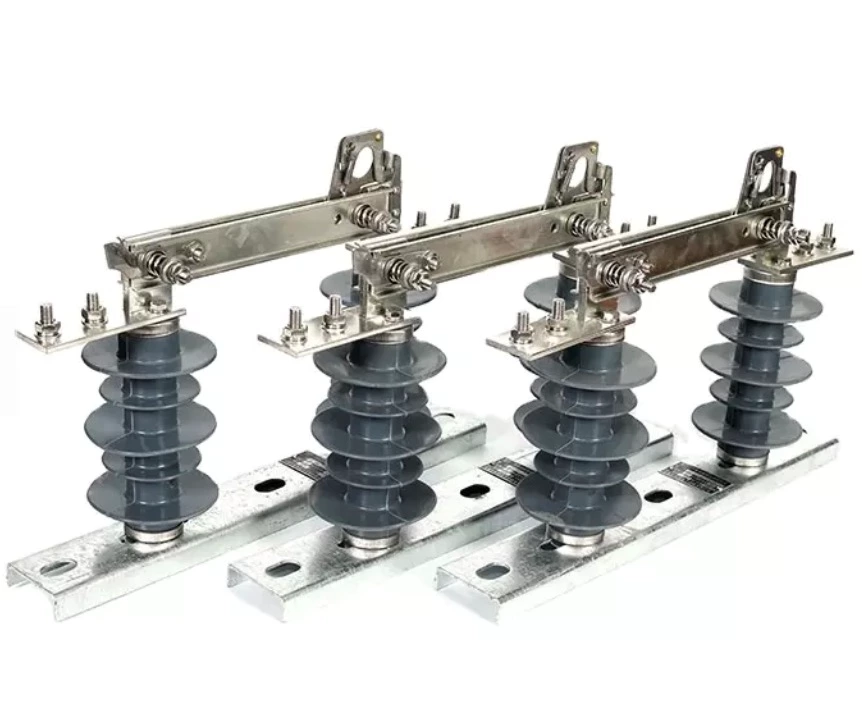Fault Analysis Of High Voltage Disconnector
There are many defects and failures in the system operation, involving many aspects of quality problems. The biggest threat to safe operation is the porcelain bottle breakage failure, followed by contact overheating, movement stagnation, mechanism jamming, inadequate opening and closing, porcelain bottle flashover, etc.
1. Porcelain bottle breakage failure. In 2005, Xuzhou power grid had two porcelain bottle breakage failures, one during operation and the other during construction wiring. The breakage was at the glue joint between the porcelain bottle and the flange. Porcelain bottle breakage is related to both product quality and the overall quality and operation method of high voltage isolator. Improper control of porcelain bottles during the firing process may cause problems such as porcelain parts being raw, uneven density, and poor cement bonding. In addition, the quality inspection methods are not strict, resulting in individual low-quality porcelain bottles being assembled into products and put into operation, which poses a great threat to safety. Improper operation methods and excessive force when operators open and close high voltage isolator switch can also easily cause porcelain bottles to be damaged. In addition, cracking defects occurred in the porcelain bottles supporting 8 500kV SOPLT knife switches in 2005 and 2004.
2. Overheating of the conductive circuit. Abnormal heating of the conductive circuit often occurs during operation, mostly due to fatigue and deterioration of the static contact finger compression spring, unilateral contact of the static contact finger, and increased contact resistance due to long-term operation. During operation, the static contact finger compression spring is compressed for a long time. If the working current is large and the temperature rise exceeds the allowable value, its elasticity will deteriorate, resulting in a vicious cycle and eventually burning, which is the main cause of contact heating. In addition, poor contact silver plating process, easy wear and copper exposure, dirty contact surface, insufficient contact insertion, and rust on the bolts causing reduced pressure on the contact surface of the wire clamp are also causes of heating.
3. Mechanism problems. Mechanism problems are manifested as operational failures, such as refusal to move or inadequate opening and closing, which often occur during switching operations and affect the safe operation of the system. Due to poor sealing of the mechanism box or rust and water ingress, the mechanism is severely corroded, the lubrication dries up, and the operating resistance increases. In addition to the difficulty in operation, parts damage may also occur, such as broken speed gears and twisted connecting rods.
4. Difficult transmission. The rust of the transmission system of hv isolator causes large transmission resistance, and even refusal to separate or close. For example, during operation, the base bearing has rusted and cannot be operated. This is caused by the dryness of the main shaft copper sleeve of the transmission component, the dirty bearing, and the drying of the butter.

